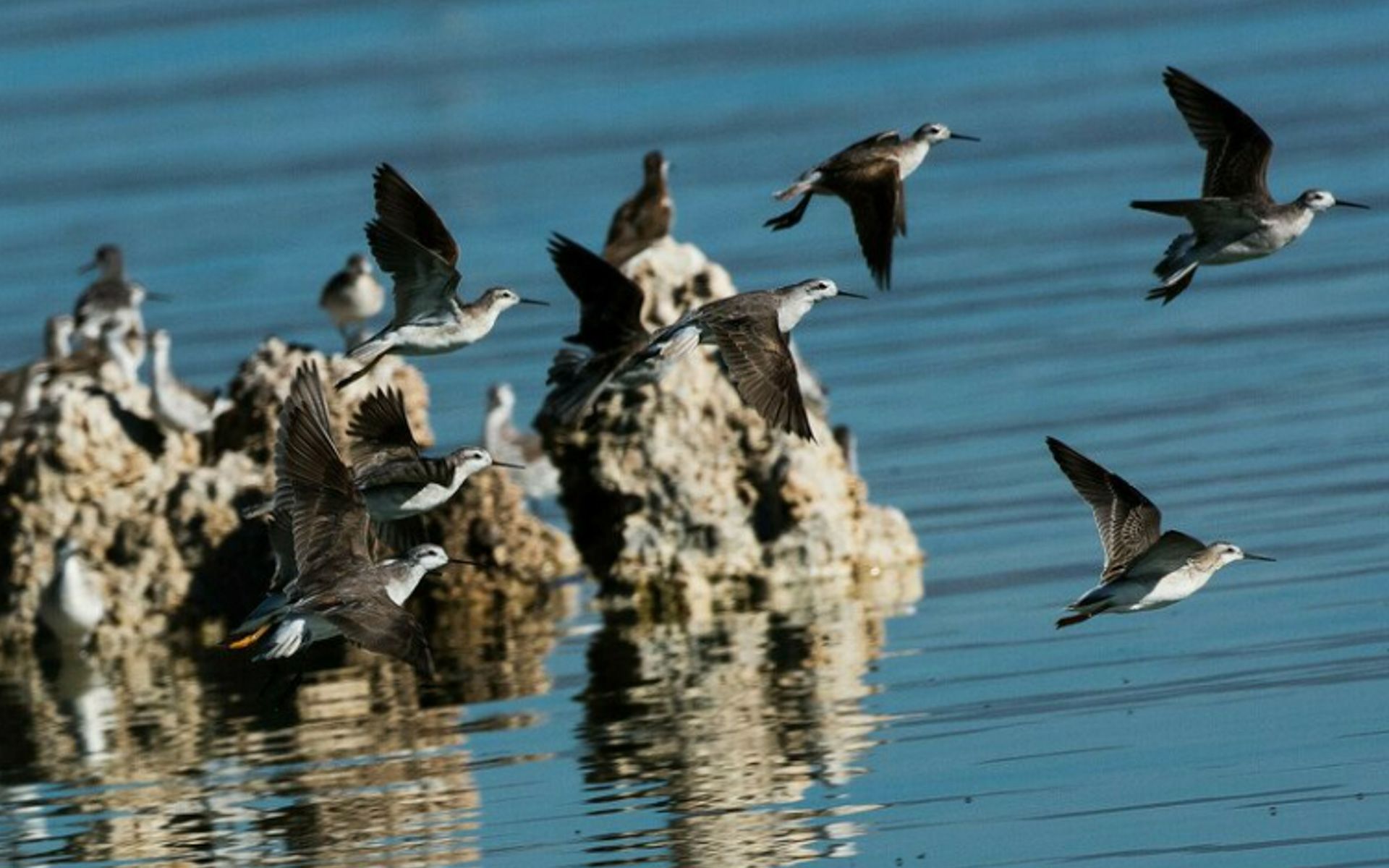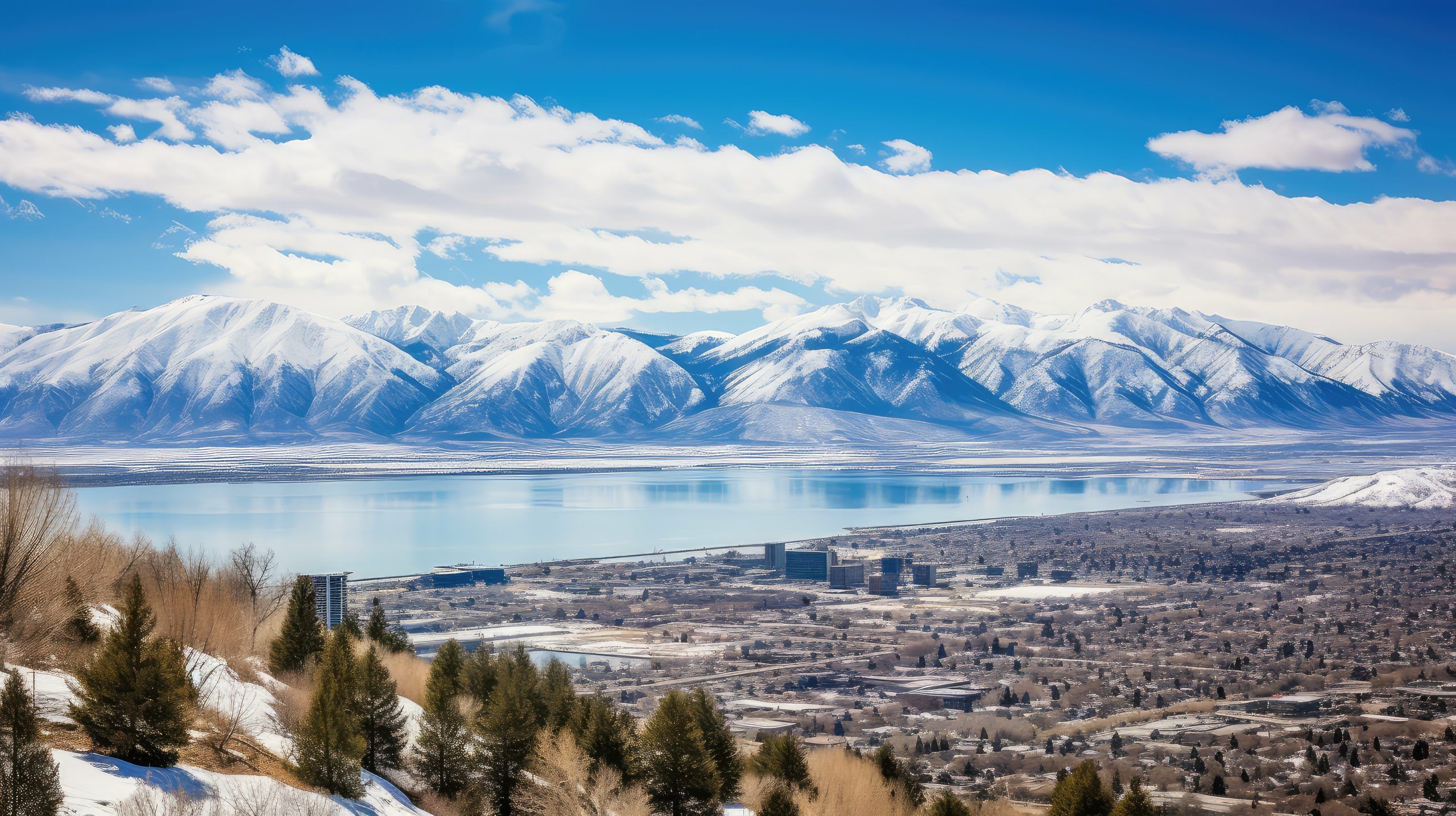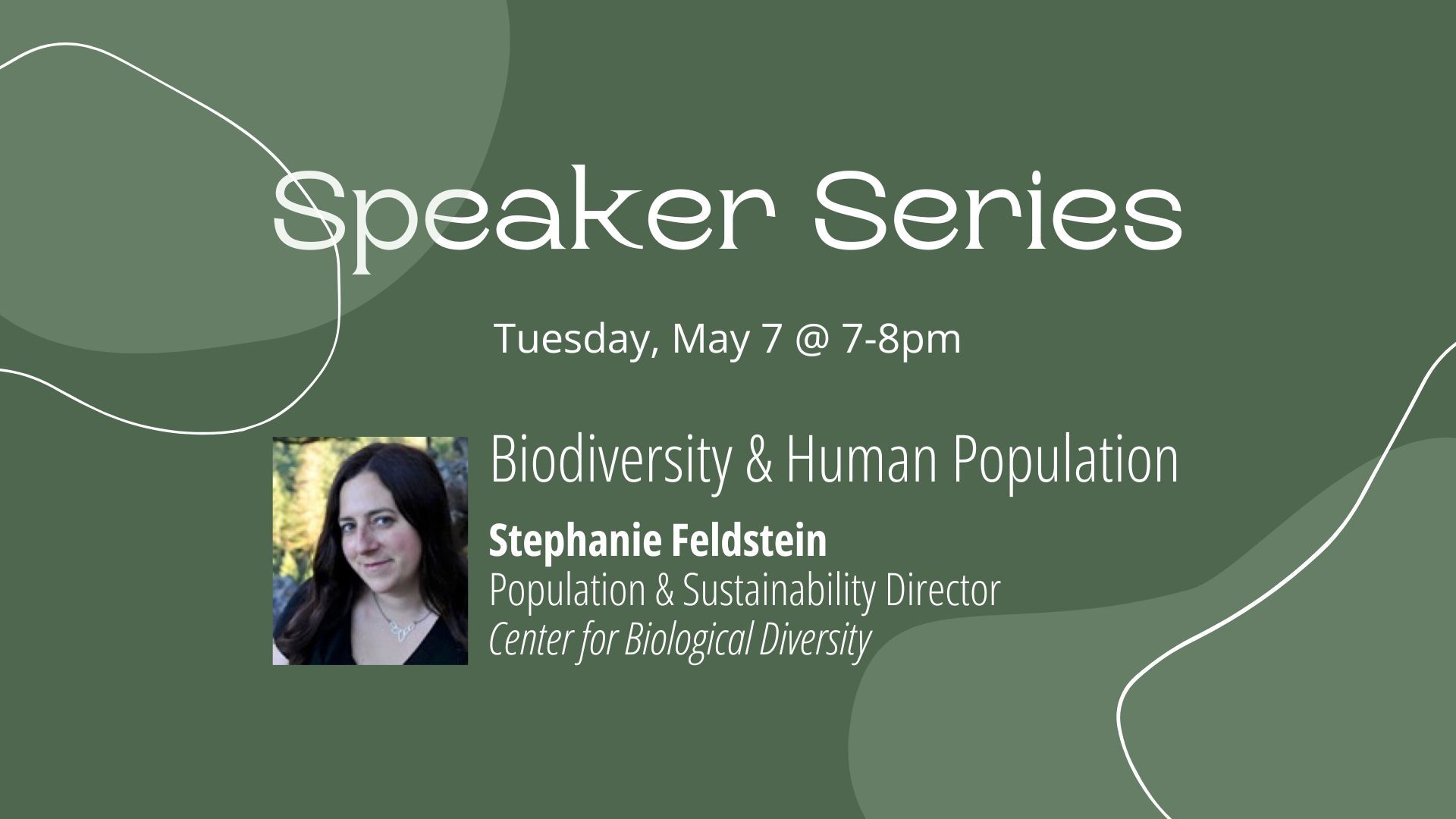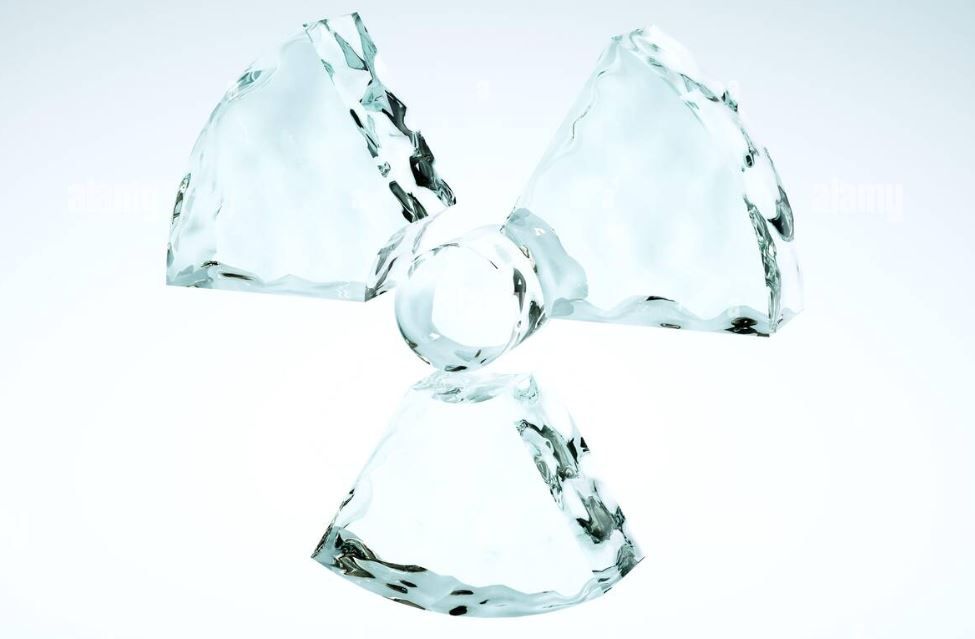Lessons From the Fight to Save Great Salt Lake

- April 10, 2024
Three-quarters of Utah’s population lives around Great Salt Lake, one of the fastest-growing areas of the
country. It’s also an oasis for more than 10 million migratory birds passing through every year.
Although Utah is one of the least densely populated states in the U.S., more than 2 million people are
crowded along the Wasatch Front. The Great Salt Lake provides a stark example of the impact of human
population pressure and how protecting imperiled species can protect our future, too.
Population pressure isn’t just about space – it’s about all our demands on the environment. That includes the things we need to survive like water, food, and a place to call home, plus the infrastructure of our society and the extraction and waste from what we consume. The combination of rapid growth, agricultural water use, and the climate crisis has caused the lake to shrink by two-thirds. If the lake continues to dry up, brine flies and shrimp – a food source migratory birds depend on – will perish and kick off declines in other species. That includes the Wilson’s phalarope, a small, imperiled shorebird that migrates an astonishing 4,000 miles to South America each fall.
But it’s not just flies, shrimp, and birds in danger as Great Salt Lake shrinks. In addition to the loss of available water for wildlife and people, the lakebed has high levels of arsenic. As the lakebed becomes exposed, wind can carry toxic dust pollution to the surrounding communities.
The Center for Biological Diversity, with a coalition of scientists and conservation groups, filed a legal petition seeking protections for the Wilson’s phalarope under the Endangered Species Act. Last fall, along with conservation allies, we also sued the state of Utah for failing to take necessary action to address the crisis unfolding in Great Salt Lake.
Saving the lake from ecological collapse will save migratory birds from extinction and protect human health. Our future is intertwined with theirs – and that’s true of environmental crises around the world.
We need to tackle the immediate threats to the environment. Action must be taken to address the upstream water diversions depleting Great Salt Lake. The worst impacts of climate change must be averted by a rapid, just transition away from fossil fuels and by shifting food systems away from industrialization and the overproduction and overconsumption of resource-intensive foods like meat and dairy. Habitat must be protected and restored to stop biodiversity loss.
But even these necessary actions will be undermined by endless growth, driven by an exploitative economy and deep social inequities. The pressure to grow at all costs inhibits our ability to care for each other and protect what we have now. As we take on the most direct threats to healthy ecosystems, we must also address the related threats to healthy communities from population pressure by advocating for reproductive freedom, gender equity, education and economic justice.
Taking on these challenging issues isn’t just about saving one bird or one lake – although their intrinsic value is reason enough to fight for their survival. It’s about healthy ecosystems where people and wildlife can thrive. It’s about saving life on Earth.
by Stephanie Feldstein, Population and Sustainability Director at the Center for Biological Diversity


